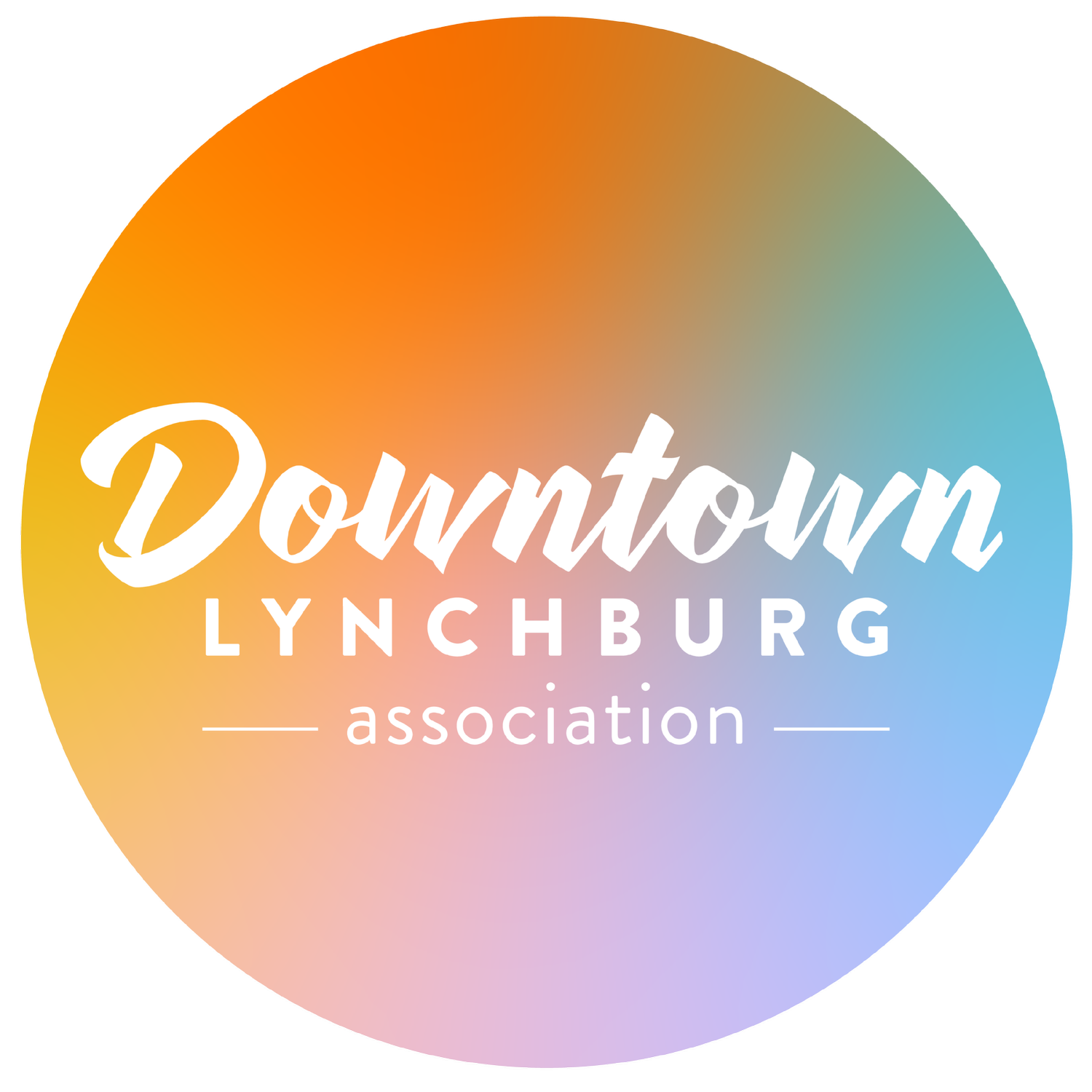The James River and Kanawha Canal
At the founding of the city in 1757, the James River was the heart of Lynchburg commerce. John Lynch himself operated a ferry on the river, transporting goods and passengers across the river. European exploration of the North American continent had confirmed that there was no waterway which flowed across the Appalachian Mountains, making access from the colonies to what we now consider the Ohio Valleys difficult at best. In order to improve commerce between the areas, a canal system through Virginia, and what is now the state of West Virginia, to the Ohio River was conceived. A project proposed by George Washington, it was begun in 1785 near Richmond.
The Lynchburg section of the canal greatly improved river traffic between Lynchburg and Richmond. The James River and Kanawha Canal was complete to Lynchburg by 1840, and regular traffic began to flow along the system. The canal was traversed by packet boats, as opposed to the low drafting batteaux which had previously been the main boat to travel the James. Packetboats were long and elegant, with an enclosed cabin and top deck that ran nearly the length of the boat. The canal packetboats were pulled along a towpath along the river by teams of horses or mules. It took approximately 33 hours to travel by packet boat from Richmond to Lynchburg. The fare of $7.50 included meals and sleeping accommodations.
The canal was damaged by flooding over the years. During the Civil War, the canal was again damaged and, in the economic depression following the war, not sufficiently repaired. It did gain fame during that period, however, as General Stonewall Jackson's body was carried upriver on the canal. The final blow to the Canal system came as railroads became the more dominate transportation mode in the region. In 1880, the James River and Kanawha Canal System was sold to the Allegheny Railroad Company. The towpaths, once used by the horse and mule team, were then used for railroad track.
The remnants of the canal can be seen today. The beautiful flower bed that runs along the Jefferson Street side of Riverfront Park is part of what remains of the canal. The best preserved section, however, is located at the bottom of Ninth Street, where the Canal once passed under the arched bridge located between Amazement Square and the Depot Grille, photo below.
For more about the Canal System:
Click:
Envision the James, The Founding River
, article on the James River and Kanawha Canal System
Read:
The Canal on the James: An Illustrated Guide to the James River and Kanawha Canal
by T. Gibson Hobbs, Jr. Published by











